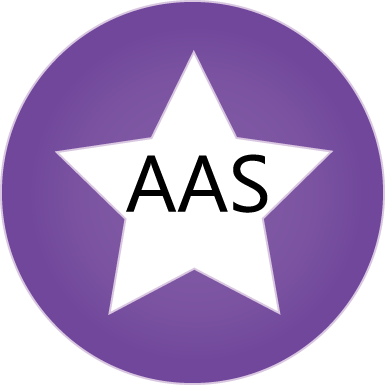ISO 9001 2015
What is ISO 9001 2015
ISO 9001 2015 is the quality management system standard. Until now it is the latest version of quality management system standard. It is the number one standard and mostly used by companies around the globe to manage the quality of the organizations.
First version of ISO 9001 was 9001:1987, second version was 9001:1994, third version was 9001:2000, fourth version was 9001:2008 and fifth version is 9001:2015.
Based on some discriminations on previous versions the next versions come and replaced the new one. Let’s know from below what were the focus points of each version:
The first version of ISO 9001, published in 1987, was based on the British Standard BS 5750. Document control and process auditing in quality assurance (QA) was the focused points of that version.
The second version ISO 9001:1994 was focused on customer satisfaction, continuous improvement, and management responsibilities and process approach idea.
The third version ISO 9001:2000 was focused on meeting customer and applicable regulatory requirements, enhance customer satisfaction, continual improvement of the system. PDCA approach was also included to explain this version clearly.
Fourth Version ISO 9001:2008 was almost same as third version. According to this standard the company must demonstrates its ability to consistently provide product to its customers and applicable statutory and regulatory requirements and enhance the customer satisfaction through the effective application of the system. Eight principles were in this version.
Fifth Version; ISO 9001:2015 was published in September 2015. Still, it is running as the latest version. Services has been added along with product, Risk based approach has been added in this edition. There are no mandatory documents, but company can create as it requires. Like in 2008 quality manual was mandatory but in this version quality manual is not mandatory. Some terms have been changes like documented procedures has been changed into documented information. 7 principles are in this version of quality management system standard.
We are expecting next version of ISO 9001 will be available in 2026. Some changes may come in this standard. A taskforce from member countries is working on this. So, peoples are waiting to see some changes in the sixth version of ISO 9001 standard.
